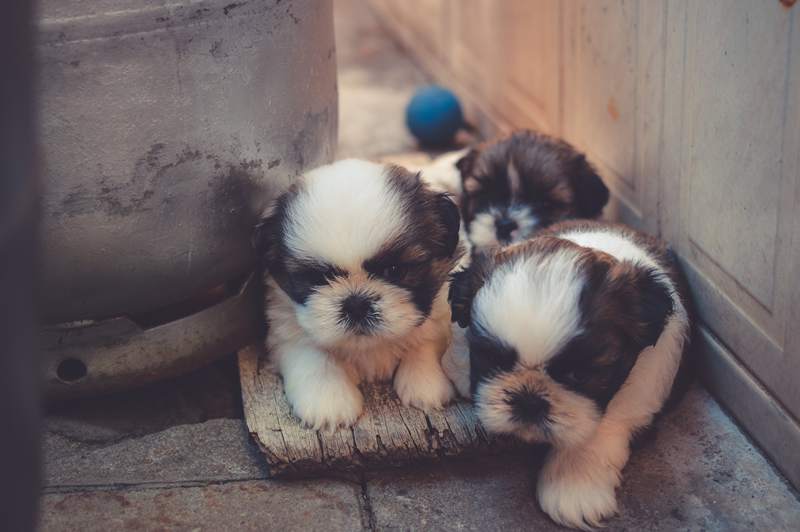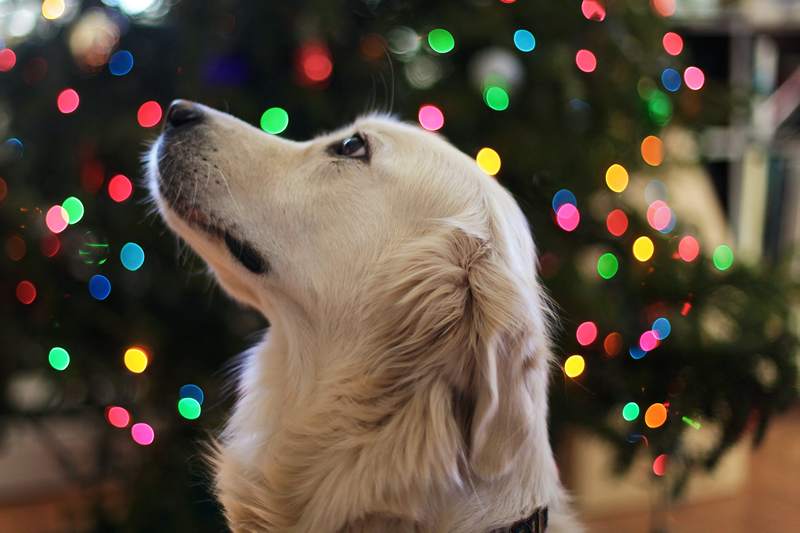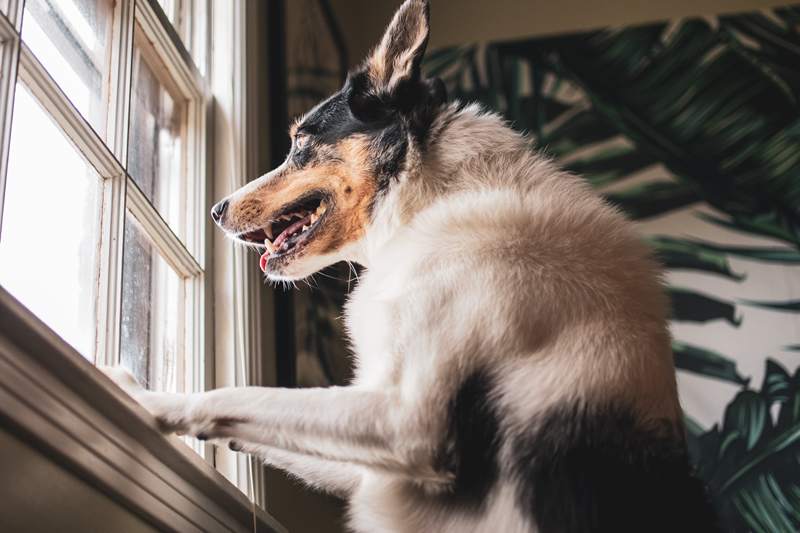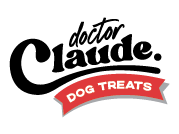When to use positive reinforcement



THE GOOD
Positive reinforcement is great for teaching your dog cues and it’s also a good way of reinforcing good behavior. You may have your dog sit:
before letting them outside (which helps prevent door-darting)
before petting them (which helps prevent jumping on people)
before feeding them (which helps teach good mealtime manners)
Give them a pat or a “good dog” for lying quietly by your feet or slip a treat into a Kong-type toy when they chew that instead of your shoe.
THE BAD
Be careful that you don’t inadvertently use positive reinforcement to reward unwanted behaviors. For example, if you let your dog outside every time they bark at a noise in the neighborhood, you’re giving a reward (access to the yard) for behavior you want to discourage.
Shaping behavior
It can take time for your dog to learn certain behaviors. You may need to use a technique called “shaping,” which means reinforcing something close to the desired response and then gradually requiring more from your dog before they get a treat.
For example, if you’re teaching your dog to “shake,” you may initially reward them for lifting a paw off the ground, then for lifting it higher, then for touching your hand, then for letting you hold their paw and finally, for actually “shaking hands” with you.
Types of rewards
Positive reinforcement can include food treats, praise, petting, or a favorite toy or game. Since most dogs are highly food-motivated, food treats work especially well for training.
A treat should be enticing and irresistible to your pet. Experiment a bit to see which treats work best.
It should be a very small (pea-sized or even smaller for little dogs), soft piece of food, so that they will eat it quickly and look to you for more. Don’t give your dog something they have to chew or that breaks into bits and falls on the floor.
Keep a variety of treats handy so your dog won’t become bored getting the same treat every time.
Each time you use a food reward, you should couple it with a verbal reward (praise). Say something like “yes” or “good dog” in an enthusiastic tone of voice. Then give your dog a treat.
If your dog isn’t as motivated by food treats, a toy, petting or brief play can also be very effective rewards.
Extract from Humane Society
